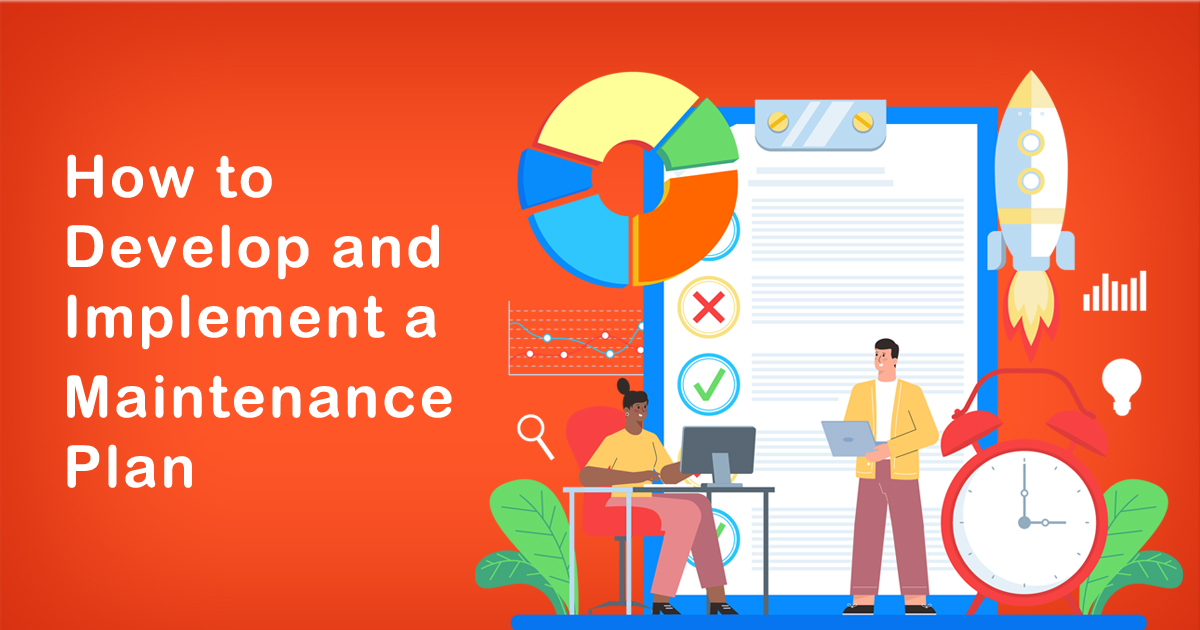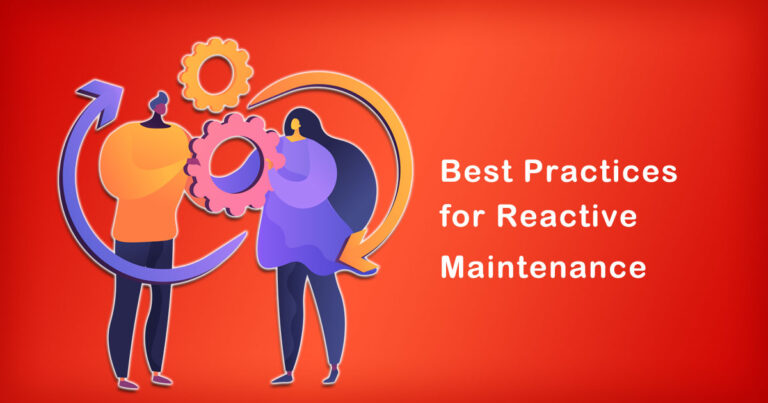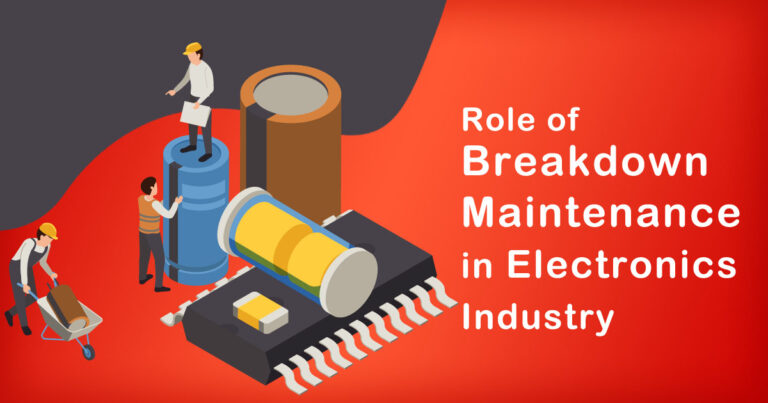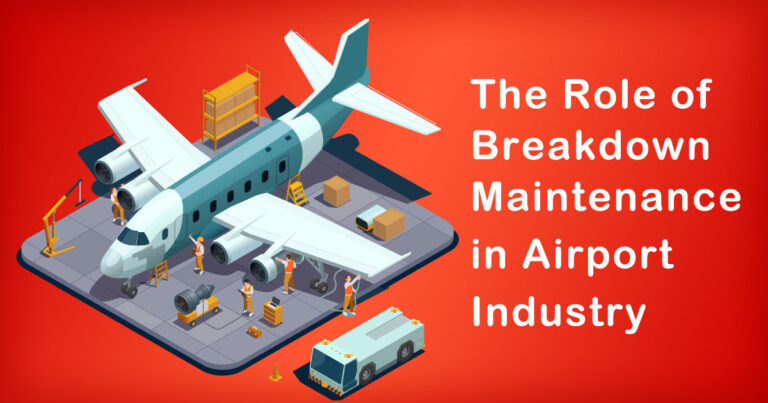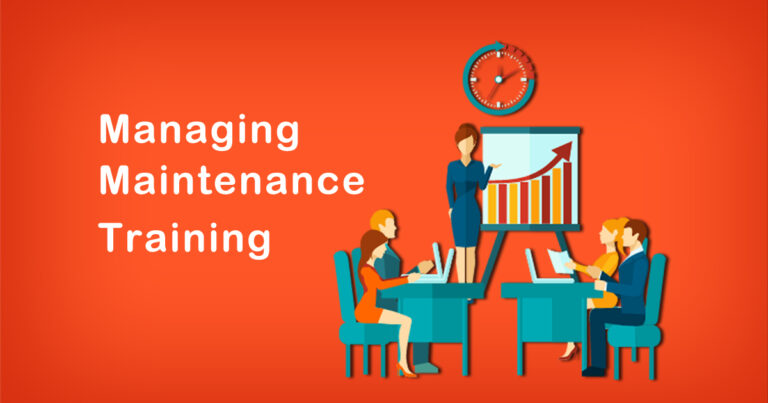Maintenance is an essential part of any business that involves the use of machinery, equipment, or assets. A maintenance plan is a document that outlines the specific activities required to ensure that equipment, machinery, or assets are operating at their optimal levels. A well-implemented maintenance plan can help reduce downtime, increase efficiency, and lower maintenance costs.
In India, the need for a comprehensive maintenance plan is even more critical due to the country’s rapidly growing industrial sector. According to a report by India Brand Equity Foundation, India is the fifth-largest producer of electricity in the world, and the demand for electricity is expected to continue to rise in the coming years. With this growth comes the need for more machinery and equipment to support the expanding industries. This increased usage puts a greater strain on the existing machinery and equipment, making regular maintenance all the more critical.
Here are some steps to help you develop and implement a maintenance plan:
Step 1: Conduct a Risk Assessment
The first step in developing a maintenance plan is to conduct a risk assessment. This assessment helps identify the critical assets that require maintenance, the frequency of maintenance, and the level of risk associated with each asset. It also helps prioritize maintenance activities based on the criticality of the asset and the level of risk associated with its failure.
Step 2: Create a Maintenance Schedule
Once you have identified the critical assets that require maintenance, the next step is to create a maintenance schedule. The maintenance schedule should include the type of maintenance required, the frequency of maintenance, and the expected duration of each maintenance activity. The schedule should be based on the risk assessment and should prioritize the critical assets.
Step 3: Develop Standard Operating Procedures (SOPs)
Developing standard operating procedures (SOPs) is an essential part of implementing a maintenance plan. SOPs help ensure that maintenance activities are conducted consistently and correctly. They should include step-by-step instructions for each maintenance activity, including the tools and equipment required, safety protocols, and quality checks.
Step 4: Assign Responsibilities
Assigning responsibilities is a critical aspect of implementing a maintenance plan. It is essential to ensure that everyone involved in the maintenance process understands their roles and responsibilities. This includes identifying who will be responsible for conducting maintenance activities, who will be responsible for ensuring that the activities are conducted correctly, and who will be responsible for documenting the maintenance activities.
Step 5: Monitor and Review the Maintenance Plan
Monitoring and reviewing the maintenance plan is crucial to ensure that it is effective and efficient. Regular monitoring can help identify areas for improvement, such as identifying trends in equipment failure or identifying areas where maintenance activities can be streamlined. Regular review can help ensure that the maintenance plan is up to date and relevant, taking into account any changes in the business or industry.
Implementing a maintenance plan requires an investment of time, resources, and money. However, the benefits of a well-implemented maintenance plan far outweigh the costs. Regular maintenance can help reduce downtime, increase efficiency, and lower maintenance costs. It can also help extend the life of equipment and assets, ultimately providing a better return on investment.
In conclusion, developing and implementing a maintenance plan is a critical aspect of any business that uses machinery, equipment, or assets. It requires a risk assessment, the creation of a maintenance schedule, the development of standard operating procedures, the assignment of responsibilities, and regular monitoring and review. By investing in a well-implemented maintenance plan, businesses in India can reduce downtime, increase efficiency, and lower maintenance costs, ultimately leading to greater success and profitability.


